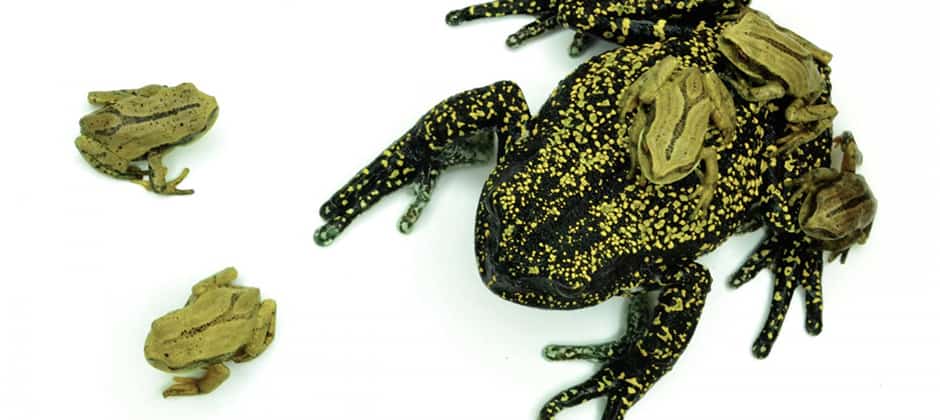Share this article
Fungal disease has impacted over 500 amphibian species
An international study has found that a fungal disease among amphibians is responsible for the greatest loss of biodiversity attributable to a disease ever recorded.
Researchers found the chytrid fungus has caused 90 species to go extinct and led to declines in more than 500 species over the past 50 years. While most affected species are still declining, researchers found, some species are showing signs of limited recovery. The losses are far greater than biologists previously believed.
Their analysis suggested some conditions that may predict resilience, but they also warned that new outbreaks may be possible.
“The unprecedented lethality of a single disease affecting an entire vertebrate class highlights the threat from the spread of pathogens in a globalized world,” the authors wrote in the study published in Science.
Led by the Australian National University, the team called for heightened biosecurity measures, a reduction in the wildlife trade, further research and “intensive monitoring that utilizes emerging technologies.”
“Highly virulent wildlife diseases, including chytridiomycosis, are contributing to the earth’s sixth mass extinction,” lead author Ben Scheele, from the Fenner School of Environmental Society at ANU, said in a press release.
The chytrid fungus, Batrachochytrium
Declines peaked in the 1980s, primarily impacting Central and South America and Australia. In Brazil, at least 50 species or populations have been affected, including 12 that have become extinct and 38 that have undergone decline.
“Some populations are showing signs of a recovery, but others have disappeared for good,” co-author Luís Felipe Toledo, a professor at the University of Campinas’s Biology Institute in Brazil, said in a press release.
Researchers believe a virulent strain of the fungus arrived in Central America in the last century and spread, mostly affecting species with limited geographic distribution and that inhabit watery areas, where the fungus releases its spores and swim until they infect a host.
The disease has spread rapidly, because of global trade and development, researchers concluded, which have “broken down dispersal barriers, facilitating the spread of diseases that threaten Earth’s biodiversity.”
Biologists believe its spread was aided by the transportation of amphibians as pets and for human consumption.
“We’ve got to do everything possible to stop future pandemics, by having better control over wildlife trade around the world,” Scheele said.
Header Image: Helena’ marsupial frog (Gastrotheca helenae), found in Venezuela and Colombia, is among the 900 species affected by chytrid disease. ©Aldemar Acevedo Rincon








